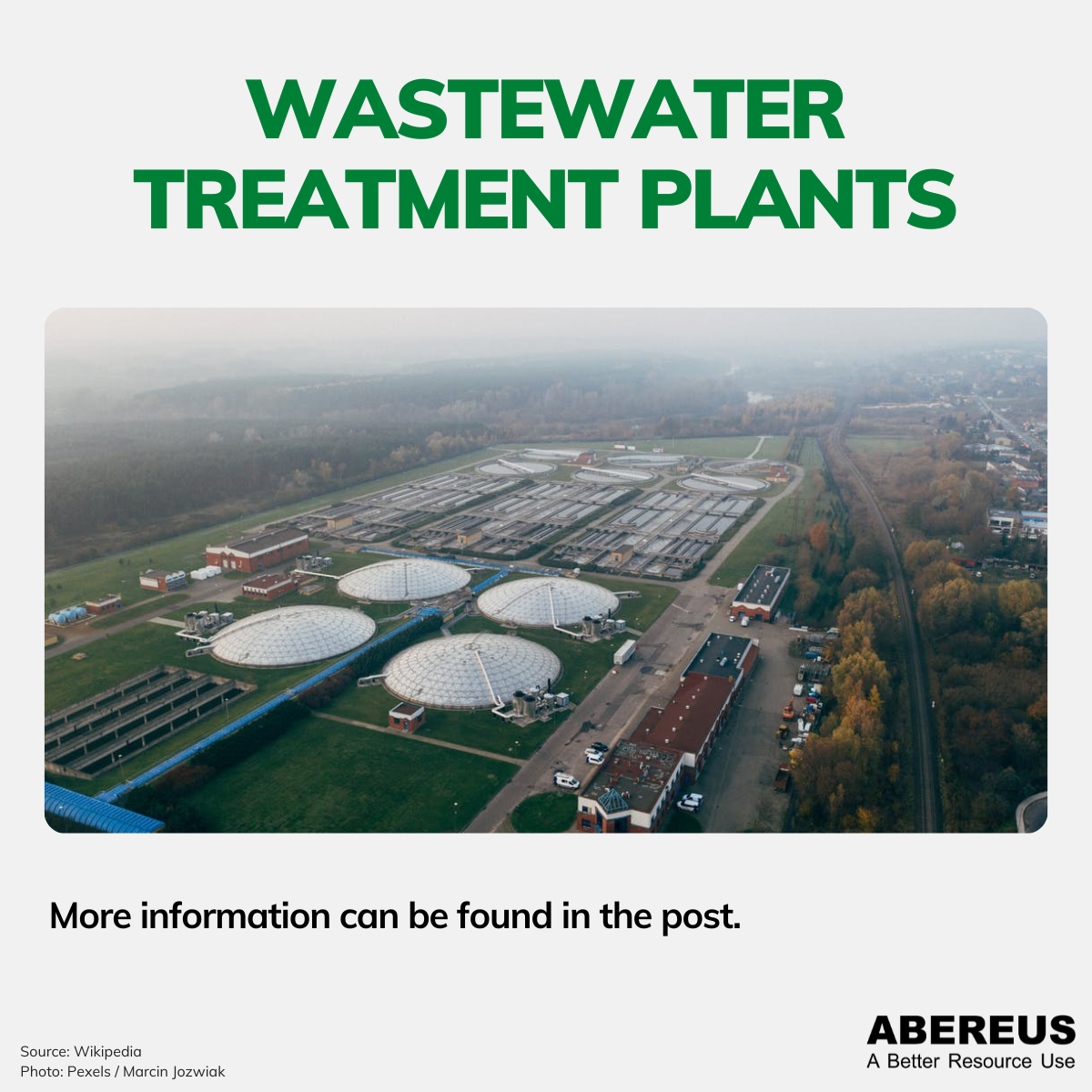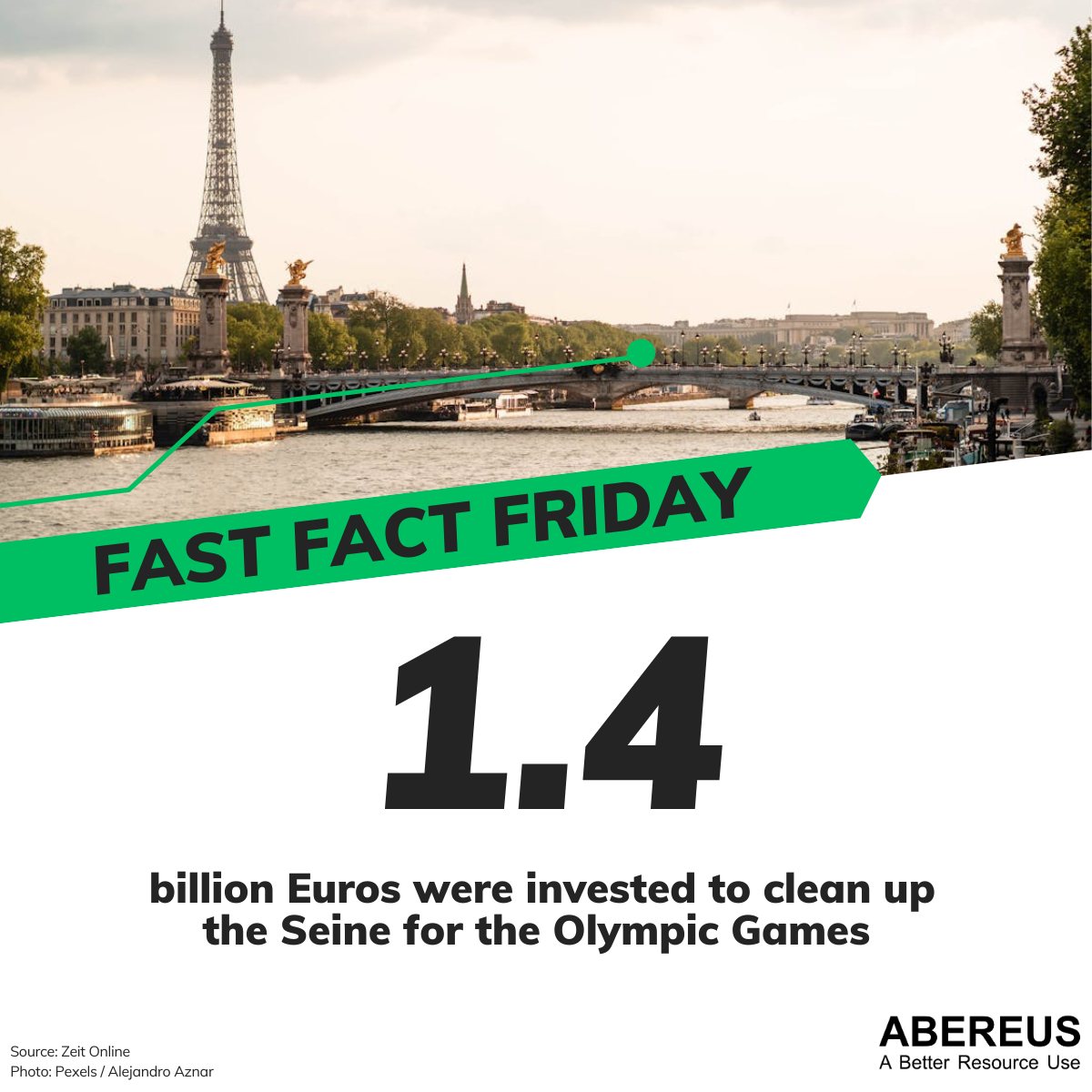Wastewater treatment plants (Part 1)

Date
A wastewater treatment plant is a high-tech plant at the end of most sewage systems. Its main task is the elimination of hazards to the water and nature. The sewage water will be cleaned up to 99% in most modern plants. Nutrients such as phosphor and nitrogen are being removed as well as a lot of more obvious things such as toilet paper, hygienic articles and more.
Most plants in Europe have three stages of cleaning. The first one is called mechanical stage. A bar screen takes any bigger obstacle out of the water. These objects can be hygienic articles as well as dead animals or parts of plants. Also, a grit chamber is part of the first stage to remove any type of sand, smaller stones, or glass splinters. All these things must be removed first, to not destroy or block the pumps and other units of the wastewater treatment plant.
The next stage is the biological stage. Here, different micro-organisms such as bacteria and fungus support the de-composition of any further organic compounds. As a result, carbon dioxide, water, and biosolids are generated through oxidation and reduction reactions.
The last stage in most plants is the sludge treatment stage with biological and chemical processes to treat the sludge that is left over after the other processes. At this stage we find two processes: stabilization and reduction. The first one will stabilize the sludge so that further biological or chemical processes don’t occur anymore or just very slowly. Bigger plants use sludge towers to fulfill this task. A small part of the reduction is already taking place in the first sub step, but the big reduction happens afterwards when the water is removed out of the sludge.
This was a short overview of the three main stages that most modern wastewater plants use. Note that only half of the world’s wastewater is treated in such plants. The rest is just added to local rivers or oceans. The water at the end of such a plant is usually not drinkable. Microplastics and other trace substances such as drugs, medication or pesticides could still be in the water. To take care of those elements, a new and fourth stage will be necessary. This stage only exists in very few plants so far.
On one of the upcoming Tuesday, we will talk more about the fourth stage. Therefore, stay interested, get connected and join us for a better resource use.



